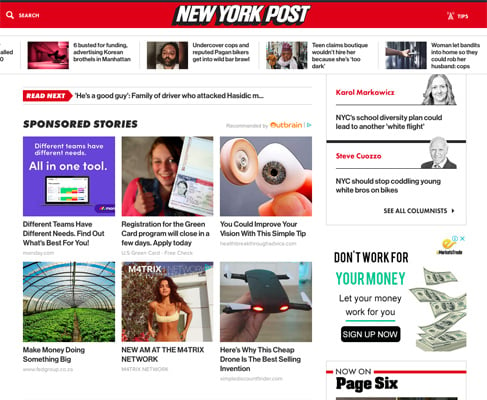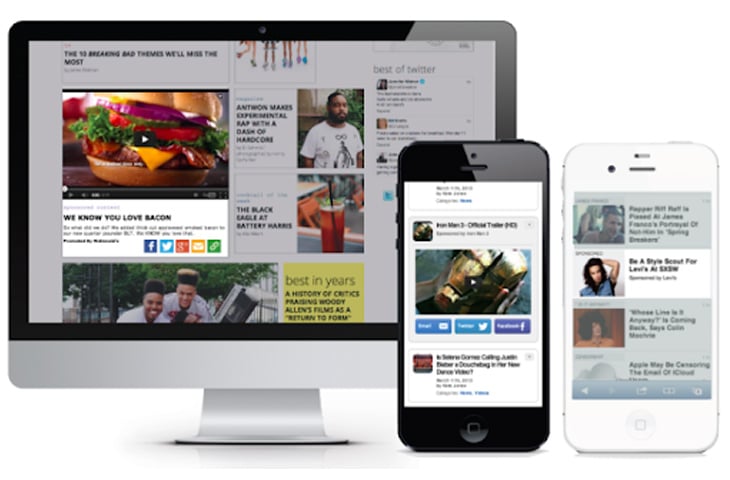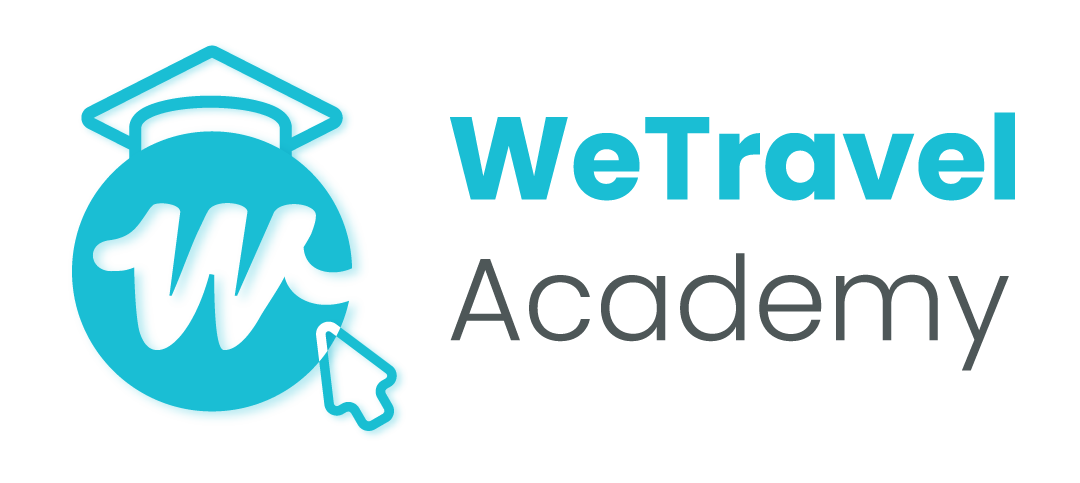How To Use Native Advertising For Your Travel Brand
If you’ve never heard of native advertising before then you can be forgiven. If you’re involved in running online advertising campaigns for your travel brand and haven't heard of native advertising, you may not be pardoned so easily.
Native advertising started to form apart of the mainstream advertising narrative in around 2012, and since then has become a behemoth advertising channel now accounting for $30 billion in advertising spend every year.
What Is Native Advertising?
Native advertising is a type of online advertising where the ad experience follows the natural form and function of the user experience in which it is placed. The ads are native to the environment they are placed within.
As a user you’ll be able to see these native ads on some of the world’s most well known publisher sites like The Washington Post, CNN, New York Post, The Guardian, BBC and The Independent.

Native advertising has evolved immensely over the last 5 years to now encompass a multitude of different advertising formats. Nevertheless, the two most popular formats within native advertising are in-feed and content recommendation widgets.
The major difference between the two formats is where the ad unit sits on the page and the billing model. In-feed, like the name suggests, are ad units that sit within the feed of the articles on a publishers site. Advertisers pay on an impression basis. In order words, advertisers are charged every time a page loads where their ad is placed. Well known advertising platforms in this area are Sharethrough and AdYouLike.

Content recommendation widgets can be found at the end of an article on a publisher site. In this format advertisers pay per click. The major vendors in this space are Outbrain and Taboola.
Native Advertising For Travel Brands
Based on the contextual relevance of native advertising, travel brands in many cases are able to draw substantial value from this type of online advertising. The type of native advertising for travel brands will very much depend on the objective a given travel band has for a particular campaign.
If a travel brand’s objective is only to create brand awareness, then pursuing an in-feed native advertising solution would be advisable. If on the other hand a travel brand is looking to drive lower funnel marketing metrics like a newsletter signup or content viewability then utilizing a content recommendation platform like Outbrain or Taboola is preferable.
Why Native Advertising For Travel Brands Produces Great Results
There are two main reasons why native advertising for travel brands are rewarding and have produced impressive results.
Firstly, and as mentioned above, native advertising platforms are able to provide advertisers with contextual relevance and many other ad platforms cannot provide. For example, a travel brand using Outbrain or Taboola could choose to only advertise their content across a travel website whitelist.
By having their content only appear in content recommendation widgets on other travel sites or travel sections on large publisher sites like CNN or The Telegraph, the travel brand would be allocating their ad spend more efficiently by targeting a more relevant audience.

Secondly, content recommendation platforms like Outbrain and Taboola use a multitude of complex algorithms to serve up the most interesting and relevant content recommendations to their audience so as to produce the highest possible click through rates (remember these platforms are only paid when a user clicks on a content recommendation).
Through these algorithms they are able to build comprehensive interest graphs for each user giving them a granular understanding of what each and every user likes to consume in terms of content.
For a travel brand, this means that their content will always be served to an audience who have been qualified as having an interest in travel-related content. Moreover, because advertisers only pay for each click to their campaigns on content recommendation platforms, this serves as further validation that a travel brands content is reaching their target audience.
How A Travel Brand Can Get Started With A Native Advertising Campaign
Native advertising for travel brands is a very straightforward process. Firstly, the travel brand should define the budget they are willing to allocate to the native advertising channel. Based on the size of their budget they should then decide on how many different native advertising platforms they would like to use, and which ones they would like to use based on their campaign objectives. We advise not allocating less than $1000 to a single platform.
Once the native advertising platforms have been identified the next step is to open accounts with them. In the case of Outbrain and Taboola, if a travel brand is going to spend more than $10,000 per month, they will be eligible for an account managed service where they will be allocated an account manager from the platform who will manage the advertising account for the travel brand. This will involve setting up, managing and optimizing all their campaigns for them.
If on the other hand the travel brand is going to spend less than $10,000 per month they will need to sign up for an account themselves directly on the advertising platform website where they will then be able to go ahead and set up their campaigns on their own.
Download FREE eBook
The Ultimate Guide To Scaling Your Tour Operator Business
A 150-page guide that covers everything from establishing a winning travel brand to delivering a market-leading service
For travel brands running their own native advertising campaigns, they should be aware that at the heart of a great native advertising campaign sits a great piece of content.
Unlike other online advertising channels such as display or social, good content is a critical component of a successful native advertising campaign. This is because users are in the content consumption mode when being exposed to native advertising. It therefore makes more sense for a user to navigate from one piece of content to another rather than clicking through to a product landing page.
The type of content a travel brand decides to run in a native ad campaign will depend on their overarching campaign objective. If the travel brand is looking to only create brand awareness, then running a series of long-form, informational content like blog posts is preferable.
If however the campaign objective sits lower down the marketing funnel like driving leads, then a travel brand would need to think about creating content that is predisposed to that sort of marketing objective. Such content is usually shorter in length and contains prominent CTA’s (call-to-actions) within the content prompting the user to take the desired action which for example could be opting in their email address in order to download an ebook.
Native advertising for travel brands is just one of the many ways to promote your travel business. For more ideas on how to get your brands' name out there, take a look at our article for some marketing tips for your travel brand.
New resources, straight to your inbox
We’re committed to your privacy. WeTravel uses the information you provide to us to contact you about our relevant content, products, and services. You may unsubscribe at any time.





